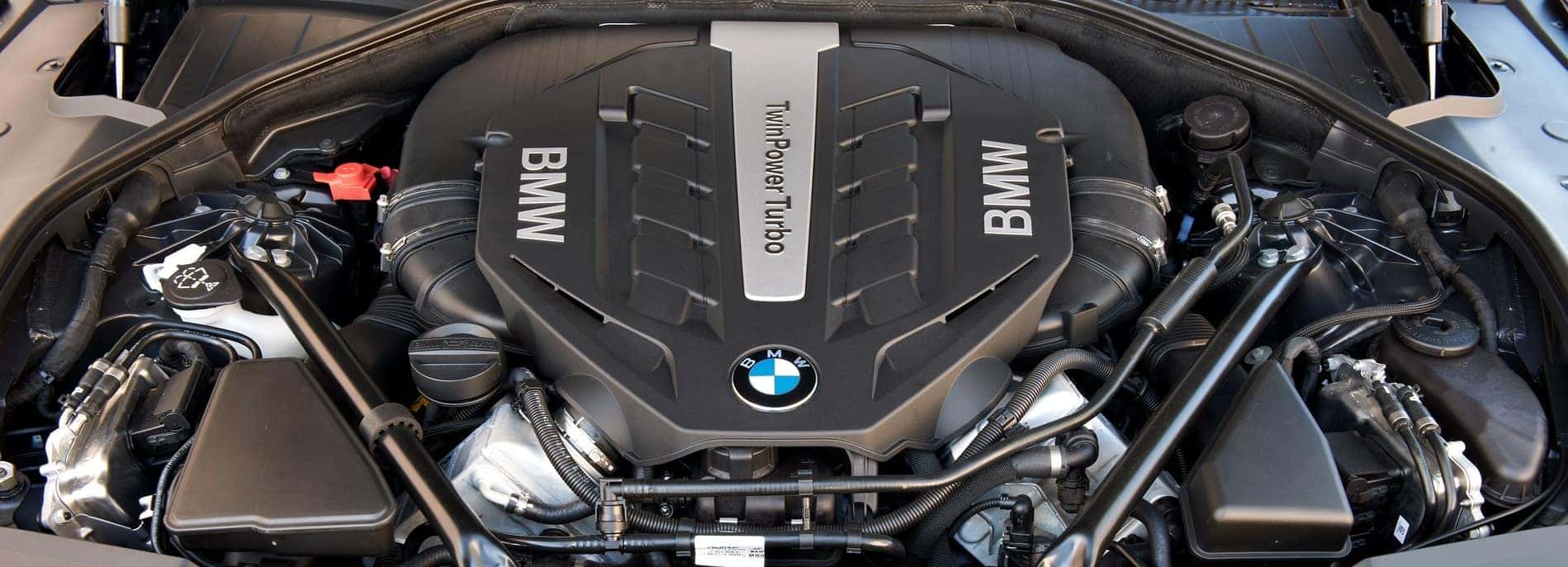Discovering the Performance Enhancements of the most up to date BMW Engine Versions
Checking Out the Evolution of Combustion Engines in Modern Transport Systems
As we navigate the landscape of contemporary transportation, the evolution of burning engines stands as a testimony to human ingenuity and engineering prowess. From their simple beginnings to the innovative giants propelling lorries today, burning engines have actually gone through an amazing trip of development and adjustment. Understanding the ins and outs of this development not just drops light on the past yet additionally leads the method for imagining what exists in advance in the world of transportation technology. The interaction of background, modern technology, and environmental worries fit the trajectory of burning engines produces a narrative that is both compelling and informative.
Early Beginnings of Combustion Engines
How did the idea of combustion engines initial emerge in the onset of transportation development? The roots of burning engines can be traced back to the 17th century when the principles of inner burning were very first checked out. In 1673, Christian Huygens conceived a basic inner combustion engine that used gunpowder to create power. However, it wasn't until the late 19th century that functional applications of combustion engines in transport started to emerge.
The advancement minute came with the invention of the very first effective gasoline-powered engine by Karl Benz in 1885 - bmw engine. This engine paved the way for the development of the contemporary vehicle, transforming transportation systems worldwide. Succeeding technologies by Nikolaus Otto and Gottlieb Daimler even more improved combustion engine innovation, causing the mass manufacturing of autos and the fast growth of the transport sector
These very early combustion engines were identified by their simplicity and performance, laying the structure for the complicated and effective engines made use of in modern-day transport systems. The development of burning engines has been crucial fit the method we take a trip and carry goods, marking a considerable landmark in the history of transportation development.
Transition to Internal Burning Technology
The change to internal combustion technology noted a critical shift in the evolution of transportation systems. This shift began in the late 19th century, with inventors like Nikolaus Otto and Gottlieb Daimler establishing the initial successful interior burning engines. These engines transformed transport by providing a much more powerful and reliable alternative to heavy steam engines and electric motors.
Among the essential benefits of internal burning engines was their capability to be reduced to match automobiles, resulting in the growth of motorbikes and autos. This change from bulky, stationary engines to compact, mobile ones led the way for the modern-day transportation systems we see today.
The transition to inner burning modern technology also stimulated improvements in fuel modern technology, bring about the advancement of fuel and diesel as primary fuel sources for vehicles. This change not only made transportation much more obtainable to the masses but likewise laid the foundation for the oil and gas sector to come to be indispensable to worldwide economies.
Influence of Combustion Engines on Transport
The fostering of burning engines in transport systems militarized a profound shift in the performance and rate of international mobility. Burning engines reinvented transportation by supplying a trusted and functional source of power for different vehicles, including automobiles, trucks, airplanes, and ships. This development dramatically boosted the capacity for items and people to conform lengthy distances in shorter period, leading to increased connectivity in between areas and nations.
In addition, the extensive use of combustion engines has actually had a substantial effect on financial development. The capability to transfer items efficiently has actually stimulated trade and business, permitting services to broaden their markets and get to consumers worldwide. This has actually facilitated financial development and globalization, as products can now be moved faster and in bigger quantities than in the past.
However, the environmental impact of burning engines can not be neglected. The combustion of fossil gas has brought about air contamination and greenhouse gas emissions, adding to climate modification and posturing wellness dangers to populaces. bmw engine. Therefore, there is an expanding emphasis on establishing alternate propulsion innovations to mitigate these negative effects and create a much more lasting future for transport
Advancements in Burning Engine Design
One notable innovation is the advancement of turbocharged engines, which use exhaust gases to drive a turbine that compresses incoming air, allowing for more gas to be burned, resulting in increased power result without a significant rise in engine size. Variable valve timing systems have also revolutionized engine style by enhancing airflow at different engine speeds, boosting both power and efficiency. These advancements jointly contribute to the continual improvement of combustion engines in contemporary transport Bonuses systems.
Future Fads in Burning Engine Growth
With technology developments driving continual advancement, the future of combustion engine growth is poised to reinvent transportation systems globally. Among the crucial fads in burning engine advancement is the press in the direction of better effectiveness and decreased discharges. Manufacturers are spending greatly in study and development to enhance engine efficiency while fulfilling strict ecological guidelines. This includes the integration of innovative gas shot systems, boosted turbocharging techniques, and the use of light-weight materials to maximize fuel consumption and minimize carbon emissions.
An additional famous trend is the adoption of crossbreed modern technologies in burning engines. Hybrid engines integrate standard burning modern technology with electrical power, providing boosted fuel effectiveness and lower emissions. As the automobile market shifts towards electrification, hybrid combustion engines are seen as a transitional service that links the void in between traditional lorries and fully electric ones.
Moreover, the integration of smart technologies, such as expert system and data analytics, is expected to play a substantial role in the future of combustion engine growth. These innovations can enhance engine performance in real-time, bring about more reliable burning procedures and boosted general automobile efficiency. Accepting these future trends will certainly not only drive advancement in burning engine advancement yet likewise add to a more ecologically friendly and sustainable transport pop over here environment.

Final Thought
To conclude, the evolution of burning engines in contemporary transportation systems has actually been noted by significant innovations in technology and design. From the wikipedia reference early starts of combustion engines to the shift to inner burning modern technology, these engines have had an extensive influence on transport. Technologies in burning engine layout continue to drive progression in this field, with future trends focusing on additional enhancing efficiency and decreasing discharges. The future of burning engines in transport looks promising as r & d efforts continue to push boundaries.
The roots of combustion engines can be traced back to the 17th century when the concepts of internal burning were very first explored. These engines transformed transportation by using a much more effective and efficient alternative to heavy steam engines and electrical motors.
